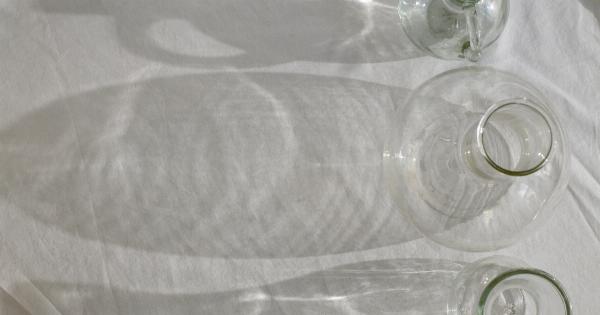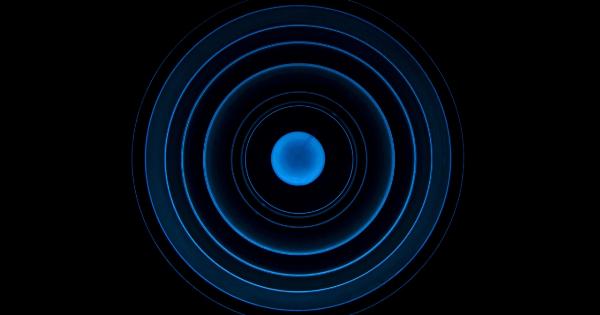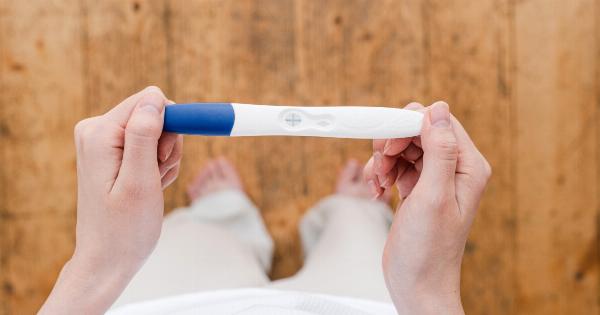Female fertility is a topic of immense importance and interest to countless individuals and couples around the world.
The inability to conceive can bring about emotional distress and can have a profound impact on a person’s sense of self and overall well-being. Over the years, advancements in the field of reproductive medicine have provided various options to overcome fertility challenges.
The Rise of Assisted Reproductive Technologies
Assisted reproductive technologies (ART) have been widely embraced as a means to enhance fertility and increase the chances of successful conception.
In recent years, cryopreservation, also known as freezing, has gained considerable attention as a technique to preserve eggs for future use. While cryopreservation has been successfully used for many years, a newer and more advanced technique called the CryoEgg technique has been revolutionizing female fertility.
Understanding the CryoEgg Technique
The CryoEgg technique involves a cutting-edge approach to freezing and thawing eggs. Traditional methods of cryopreservation often result in damage to the egg’s delicate structure, leading to decreased viability upon thawing.
However, the CryoEgg technique utilizes a state-of-the-art freezing process that minimizes damage and improves the potential for successful fertilization and implantation.
The Advantages of the CryoEgg Technique
1. Enhanced Egg Viability: One of the primary advantages of the CryoEgg technique is its ability to preserve eggs with a higher degree of viability.
This means that eggs frozen using this technique have a greater chance of successfully thawing, fertilizing, and developing into a healthy embryo.
2. Extended Preservation Period: Traditional cryopreservation techniques come with limitations on the duration for which eggs can be stored.
However, the CryoEgg technique allows for a significantly longer preservation period, providing women the flexibility to delay motherhood or preserve their fertility for other personal reasons.
3. Minimized Risk of Genetic Abnormalities: The CryoEgg technique employs advanced technology that decreases the risk of genetic abnormalities in the resulting embryos.
This significantly improves the chances of a successful pregnancy and the birth of a healthy baby.
The CryoEgg Process: Step by Step
The CryoEgg technique involves several essential steps to ensure the effective freezing and preservation of eggs:.
1. Ovarian Stimulation and Egg Retrieval
Prior to egg retrieval, a woman undergoes hormonal stimulation to encourage multiple eggs to mature simultaneously.
Once the eggs reach the desired stage of development, they are retrieved under medical supervision in a minimally invasive procedure known as follicle aspiration.
2. Egg Preparation
Following retrieval, the eggs are cleaned and prepared for freezing. The CryoEgg technique involves a unique method of preparing the eggs that protects their delicate structure, minimizing the risk of damage during the freezing process.
3. Freezing and Storage
The prepared eggs are then subjected to the CryoEgg freezing process, which employs rapid cooling techniques to prevent the formation of ice crystals that can damage the egg’s internal structures.
The eggs are carefully stored in specialized cryofreeze tanks, where they remain until the woman is ready to use them in the future.
4. Thawing and Fertilization
When the woman decides to use her frozen eggs, they are carefully thawed using controlled warming techniques.
Once thawed, the eggs can be fertilized using various methods such as in vitro fertilization (IVF) or intracytoplasmic sperm injection (ICSI) to facilitate the creation of embryos.
5. Embryo Transfer
After successful fertilization, the resulting embryos are monitored for viability and development. The healthiest and most viable embryos are then transferred into the woman’s uterus through a straightforward procedure known as embryo transfer.
This step allows for the possibility of achieving a successful pregnancy.
Changing Lives Through the CryoEgg Technique
The CryoEgg technique has transformed the landscape of female fertility by offering women and couples increased options and flexibility.
Whether it is to preserve fertility due to career aspirations, medical reasons, or personal preferences, or to overcome fertility challenges, this revolutionary technique has provided hope and the potential for a brighter future for countless individuals around the world.
Conclusion
The CryoEgg technique represents a major milestone in reproductive medicine, revolutionizing female fertility and providing individuals with advanced options to overcome fertility challenges.
By preserving eggs with enhanced viability, extending the preservation period, and minimizing the risk of genetic abnormalities, this technique has opened up new possibilities and renewed hope for many women and couples.






























